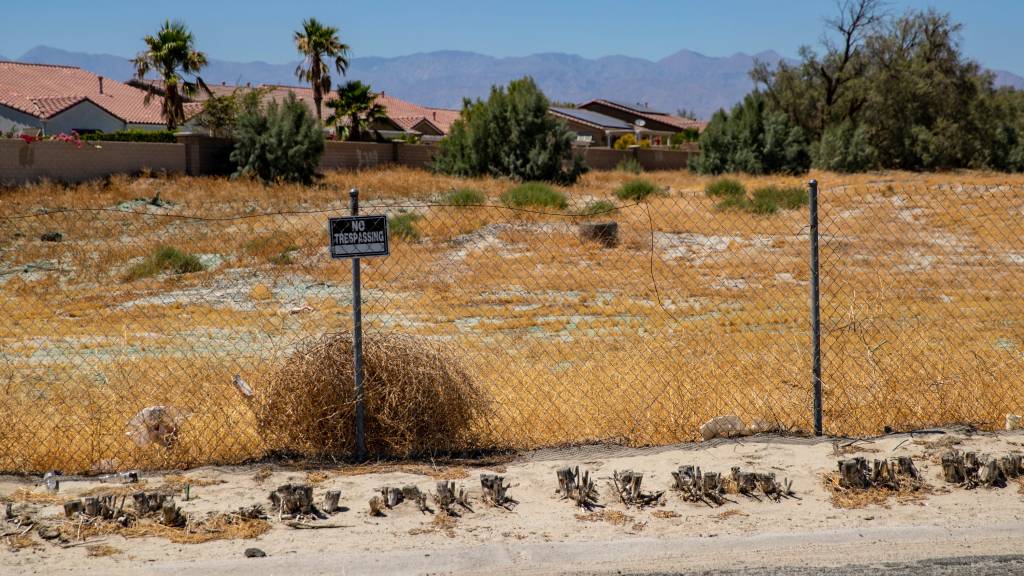The fate of golf courses varies, as some establishments are forced to close down due to poor management, changing demographics, lack of play, or decisions to repurpose the land for other commercial uses. This leads to abandoned courses, where the once lush fairways and greens become overgrown and neglected. However, in some cases, closed golf courses are transformed into parks or other public spaces, while others are revitalized and restored to their former glory.
One such example is the West Palm Beach Municipal Golf Course in Florida, which closed in 2018 but reopened as The Park under the management of the PGA of America. Similarly, the Ahwatukee Lakes Golf Course in Phoenix, Arizona, reopened in 2022 after being closed for nine years. These success stories show that with the right vision and resources, abandoned golf courses can be brought back to life.
On the other hand, some closed golf courses remain in a state of disrepair, such as the former Tomoka Oaks Golf & Country Club in Ormond Beach, Florida, where a lone golfer practices on the neglected course. Similarly, the Sandhill Golf Course in Florida has become overgrown with weeds since its closure in 2017, illustrating the challenges of maintaining abandoned properties.
In California, the former Palm Springs Country Club sits abandoned in Palm Springs, while the San Luis Rey Downs golf course in Bonsall closed in 2014 due to the statewide drought and rising water costs. These images serve as reminders of the fragility of the golf industry and the impact of external factors on the longevity of golf courses.
In some cases, closed golf courses serve as historical landmarks, such as the Wesselman Park municipal golf course in Evansville, Indiana, which sits on land that once housed a cemetery. These sites hold cultural significance and offer opportunities for preservation and redevelopment that honor their past while embracing the future.
Looking ahead, the future of closed golf courses remains uncertain, with some properties, like the former Lost Canyons Golf Course clubhouse in Simi Valley, California, slated for development into residential areas. However, other closed courses, such as the former Mesquite Golf and Country Club in Palm Springs, will be preserved as desert nature reserves, showcasing the diversity of outcomes for abandoned golf courses.
As the golf industry continues to evolve, the fate of closed courses serves as a reflection of broader trends in the sport and land use. Whether repurposed for new uses or preserved for historical significance, these abandoned golf courses remind us of the ebb and flow of businesses and the importance of adaptability in the face of change.
